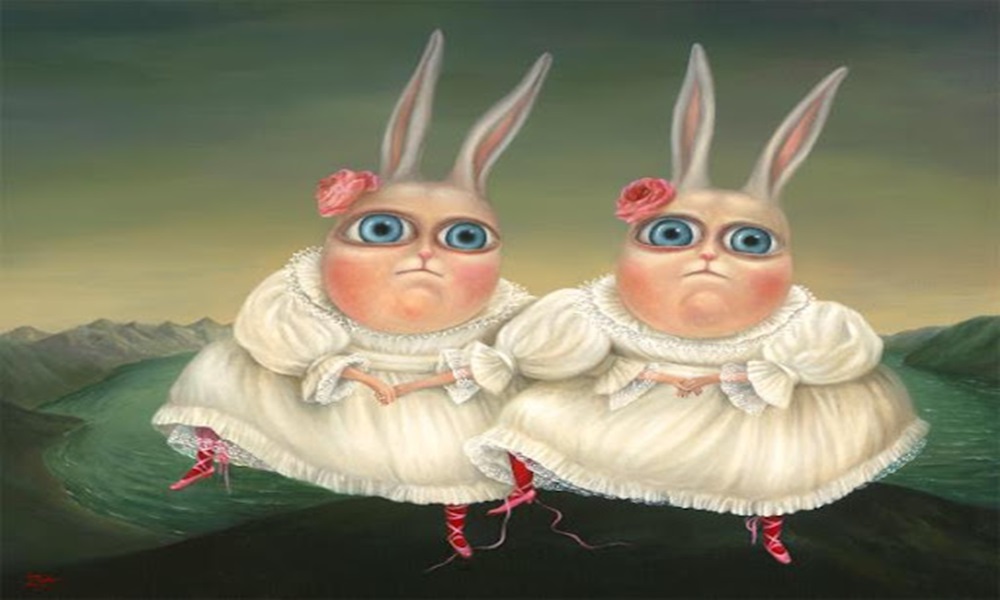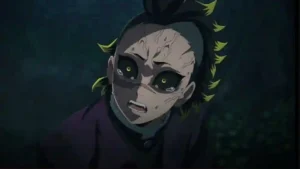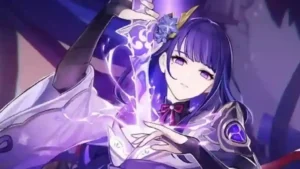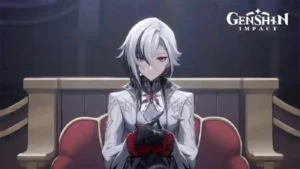Irena Aizen – The Mysterious Irena Aizen and Her Impact on Story

Okay, so, let’s get this out of the way: Irena Aizen is not just another artist in the crowd. If you’ve never heard of her, welcome to a whole new world of surrealism. The kind that sticks with you. The kind that makes you tilt your head and go, “Wait, did I just see a doll in a Victorian dress… with a bird’s wings?” Yeah, that’s her style. You may be wondering: Who is she, and why is she suddenly everywhere?
Well, let’s backtrack. Irena Aizen is an artist, but not in the typical sense. Born in Russia, now based in Israel, she’s carved out her own lane in the world of visual storytelling. And let me tell you, it’s not just about brushstrokes—it’s about narrative. About emotions. About weird creatures you can’t stop staring at. Her art tells stories you can’t quite pin down, and honestly? It’s that mystery that draws you in.
Early Days: How Irena Aizen Started Out
Alright, so picture this: A little girl, growing up in Russia, learning from her artist mom. That’s Irena Aizen in a nutshell. But here’s the kicker—her foundation wasn’t all about following traditional paths. Yeah, she was classically trained in art, but her imagination? Off the charts. Instead of sticking to the “normal” still-life paintings, she dove into the bizarre and the whimsical, way ahead of her time.
Now, I’m not saying I’ve been an artist like Irena (I can’t even draw a decent stick figure), but I get what she was going for. I’ve tried my hand at a few art projects, and let me just say—my “abstract” painting of a dog turned into a “happy accident” that looked more like a sad potato. So yeah, Irena Aizen? She’s miles ahead of us.
Irena Aizen’s Signature Style: Surreal Meets Real
Here’s where it gets fun—Irena Aizen’s style is not just surreal; it’s emotional surrealism. She combines meticulous details with wild, bizarre creatures that feel alive. Ever seen a rabbit in a tuxedo? How about a bird with human hands? That’s Irena, folks. She doesn’t just throw random animals into a scene for kicks. There’s always something deeper.
Her work is a visual carnival. One second, you’re looking at a doll in delicate lace, the next, you’re staring into its hollow, lifeless eyes. It’s eerie. But in a way that’s strangely beautiful. Seriously, you’ll look at her pieces, and something just clicks in your brain. Kind of like that feeling when you realize you’ve been staring at your phone for 30 minutes, but with a twist of artistry.
- Intricate details : Think Victorian clothing, flowing silk, and hyper-realistic textures.
- Emotional depth : Each creature looks like it’s about to tell you their deepest secret. Or maybe they’re judging you. Who knows?
- Anthropomorphism : She takes animals, dolls, and inanimate objects and breathes life into them. Weird, right? But awesome.
Deep Dive Into Themes: What’s Really Going On in Irena Aizen’s Paintings?
So here’s the thing: Irena Aizen doesn’t just paint because she likes to. She paints to say something. Sure, some of her characters might look like they belong in a weird dream you had at 3 a.m., but there’s a purpose. Themes like childhood innocence, the loss of purity, and the darker side of human emotions constantly show up in her work.
Fairy Tales Gone Rogue
I mean, come on—if you’ve read any of the classic fairy tales, you get where she’s coming from. But where those tales end with a neat little bow, Irena Aizen leaves the story hanging. Her work channels that same eerie vibe you get from old fairy tales, but it’s not all cutesy. These characters? They’ve been through some stuff.
Fun fact: I once read that Victorian folks thought that talking to ferns would keep them from going mad. Yeah, that’s a thing. Now, I talk to my begonias just in case. Maybe they’re listening. Anyway, that sense of mystery—the kind of mystery we get from fairy tales—is all over Irena’s work.
The Battle of Innocence and Corruption
Okay, full confession: I once thought “innocence” was just a cutesy word used in fairy tales. But then I saw Irena Aizen’s paintings, and now I can’t unsee it. Her characters, with their doll-like features and delicate garb, seem innocent. But there’s something… off. It’s like when you see a kid’s drawing of a house, and everything’s perfect, and then you realize the trees have faces. Weird, right?
Irena Aizen loves messing with that boundary—mixing purity with the darker, more corrupt side of things. And if you’re wondering, no, I’m not just talking about the creepy eyes on her dolls (although, let’s be honest, those are definitely unsettling). It’s the themes of lost innocence and the weight of adult emotions creeping through.
Irena Aizen’s Influence on Modern Storytelling
Okay, here’s the thing about Irena Aizen: she’s influential. Like, crazy influential. And it’s not just art galleries and fancy collectors who are catching on. Nope. Her unique imagery has seeped into all sorts of creative fields. Writers? Love her. Animators? Obsessed. Fashion designers? Oh yeah, they’re in on it too.
Writers and Illustrators: Channeling Irena Aizen
I remember sitting in a cozy little bookstore (you know the kind—the ones with the creaky floors and those $10 cups of coffee) when I flipped through a graphic novel, and boom, there was a reference to Irena Aizen’s work. The characters in the novel? Basically plucked from her eerie creations. And it wasn’t just the artwork—her storytelling style had influenced the plot, too.
Bullet Points: What You Need to Know About Irena Aizen
- Birthplace : Russia (but she’s calling Israel home these days)
- Specialty : Surreal creatures with too many emotional layers
- Influence : Writers, illustrators, and (surprisingly) fashion designers
- Themes : Fairy tales, innocence, human emotions—oh, and a lot of weirdness
- Art Style : Intricate details mixed with disturbing, otherworldly figures
The Real Reason We Love Irena Aizen’s Work
Here’s the deal: Irena Aizen makes you think. You look at her art, and it doesn’t just stay on the canvas. It gets in your brain. In a good way. The way I feel after watching a mind-bending film or reading a book that you can’t stop thinking about—even days later.
She doesn’t just paint what’s in front of her; she paints what’s hidden. The emotions we don’t talk about. The dark corners of our brains we avoid. That’s why her pieces are so powerful—they’re like a mirror to your own soul, but twisted and weird.
Why Irena Aizen is a Big Deal in the Art World
Fast forward past three failed attempts to “make it” as an artist (trust me, I get it), and you’ll find Irena Aizen sitting pretty at the top. She’s not just any painter—her art is a conversation starter. I mean, have you ever really stared at one of her pieces for hours? I’m talking eyes locked, heart racing, questioning your life choices kinda staring. Yeah, she’s got that effect.
Her works have graced galleries worldwide—from Paris to Tokyo—and collectors are constantly scrambling to get their hands on one of her surreal masterpieces. Honestly, who wouldn’t want a painting in their living room that makes every guest ask, “Wait, what’s going on in this one?”
The Legacy of Irena Aizen
Okay, full circle time. Irena Aizen isn’t just a one-hit wonder. She’s changing how we see art, how we tell stories, and how we view ourselves. I guess that’s what makes her work so important. It’s not about the technical skill (although, trust me, she’s crazy talented). It’s about connection. Her art doesn’t just look at you. It sees you.
She’s got this incredible knack for pulling you in, making you feel a little uneasy, but in the best possible way. You don’t forget her art. Not now, not ever. And honestly, I think that’s the whole point.





